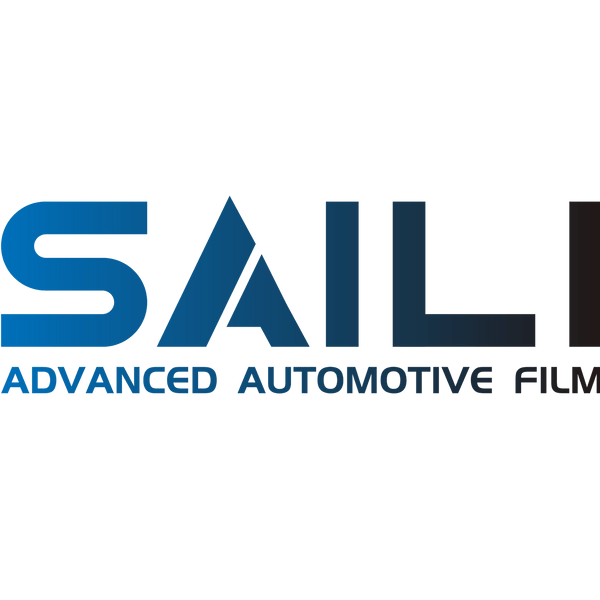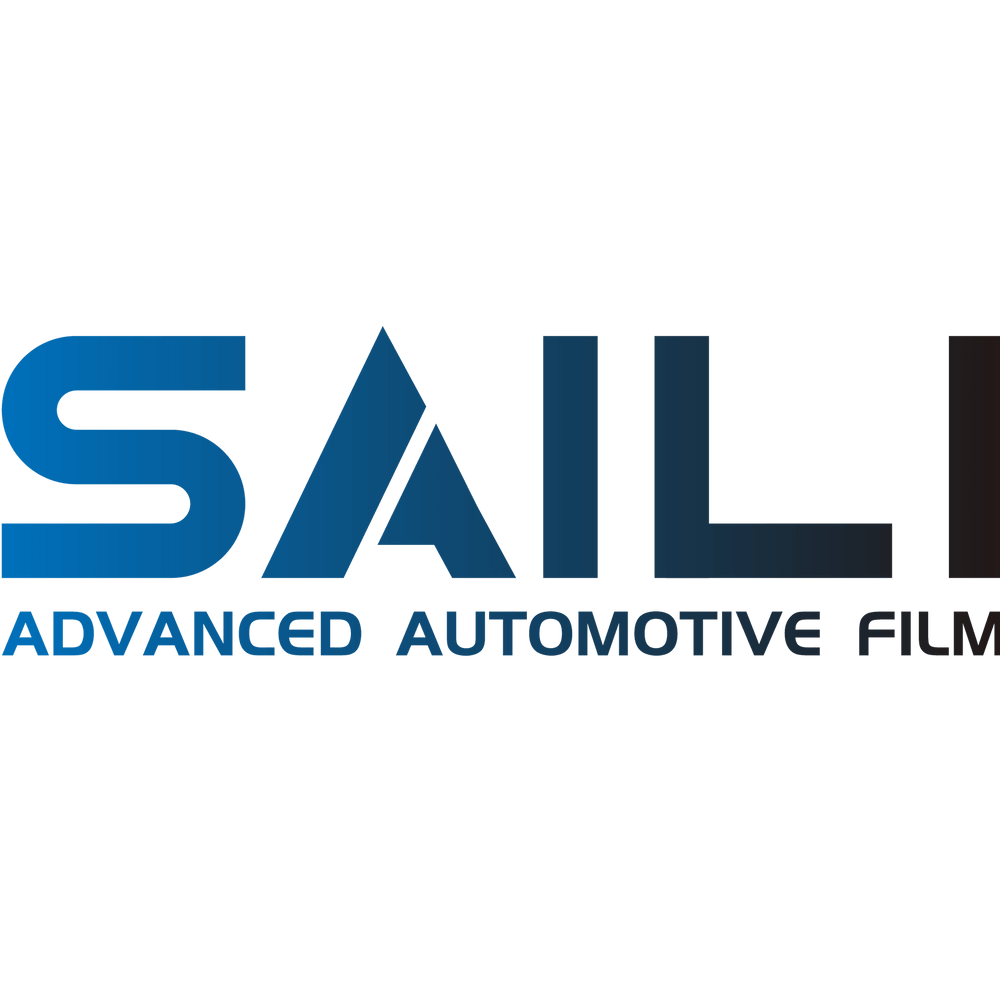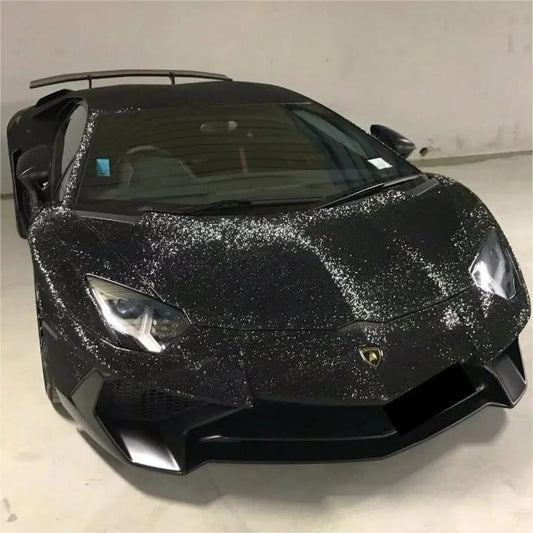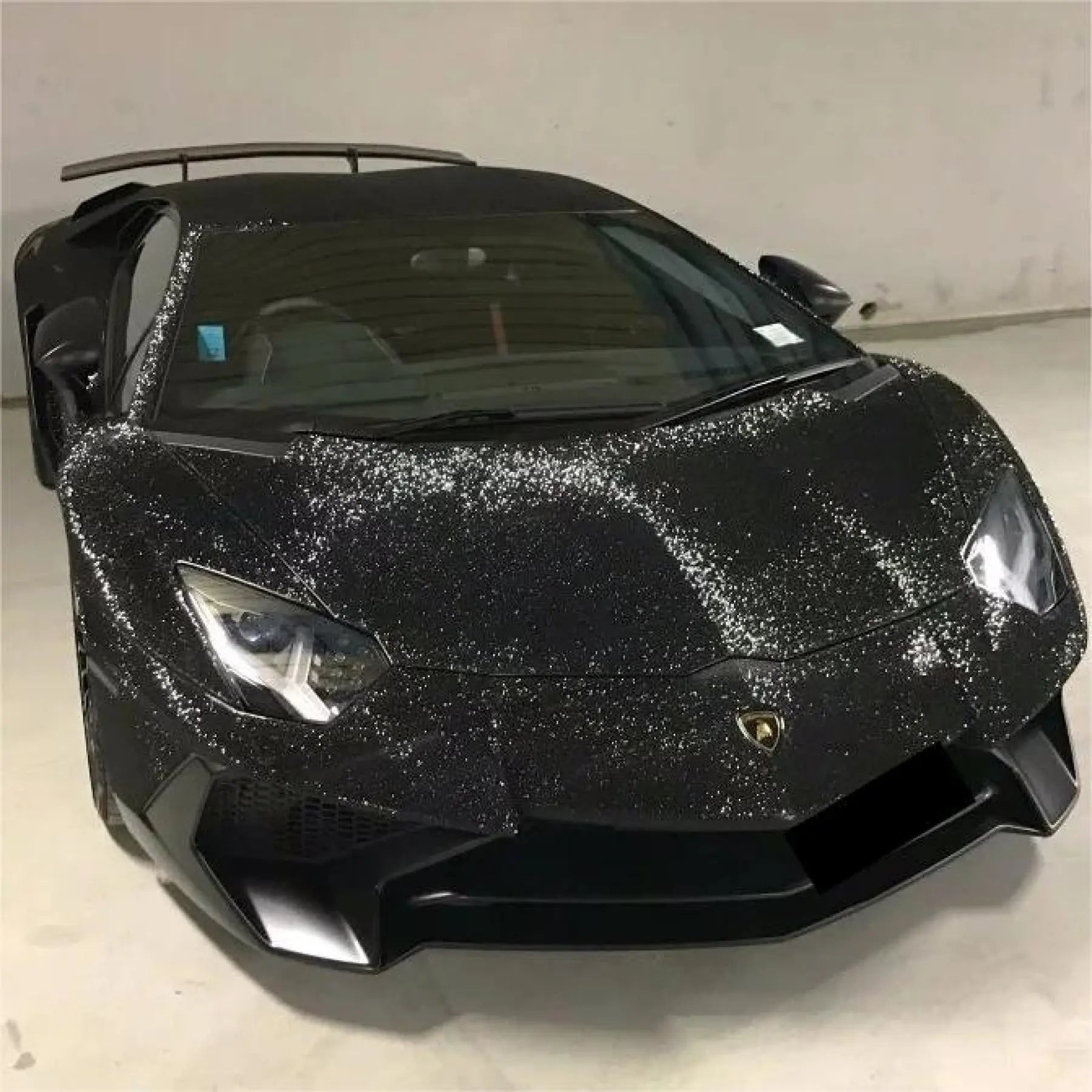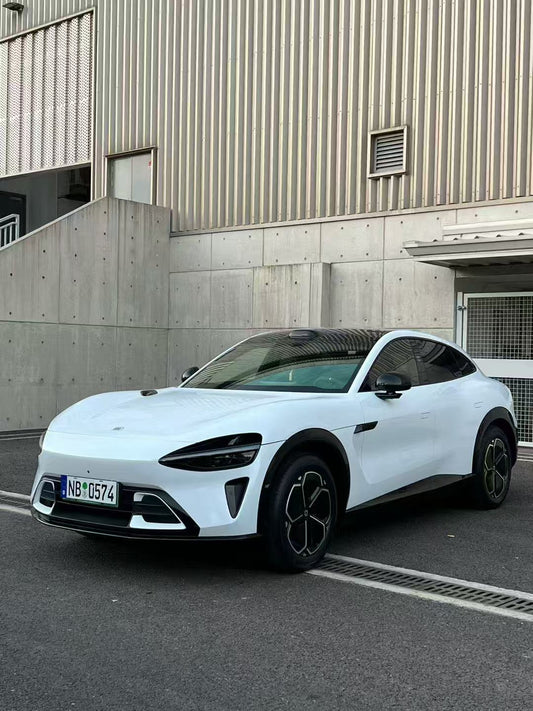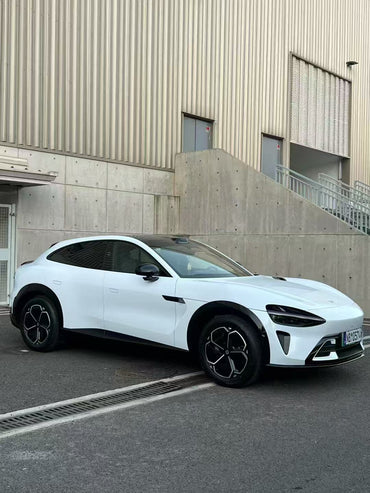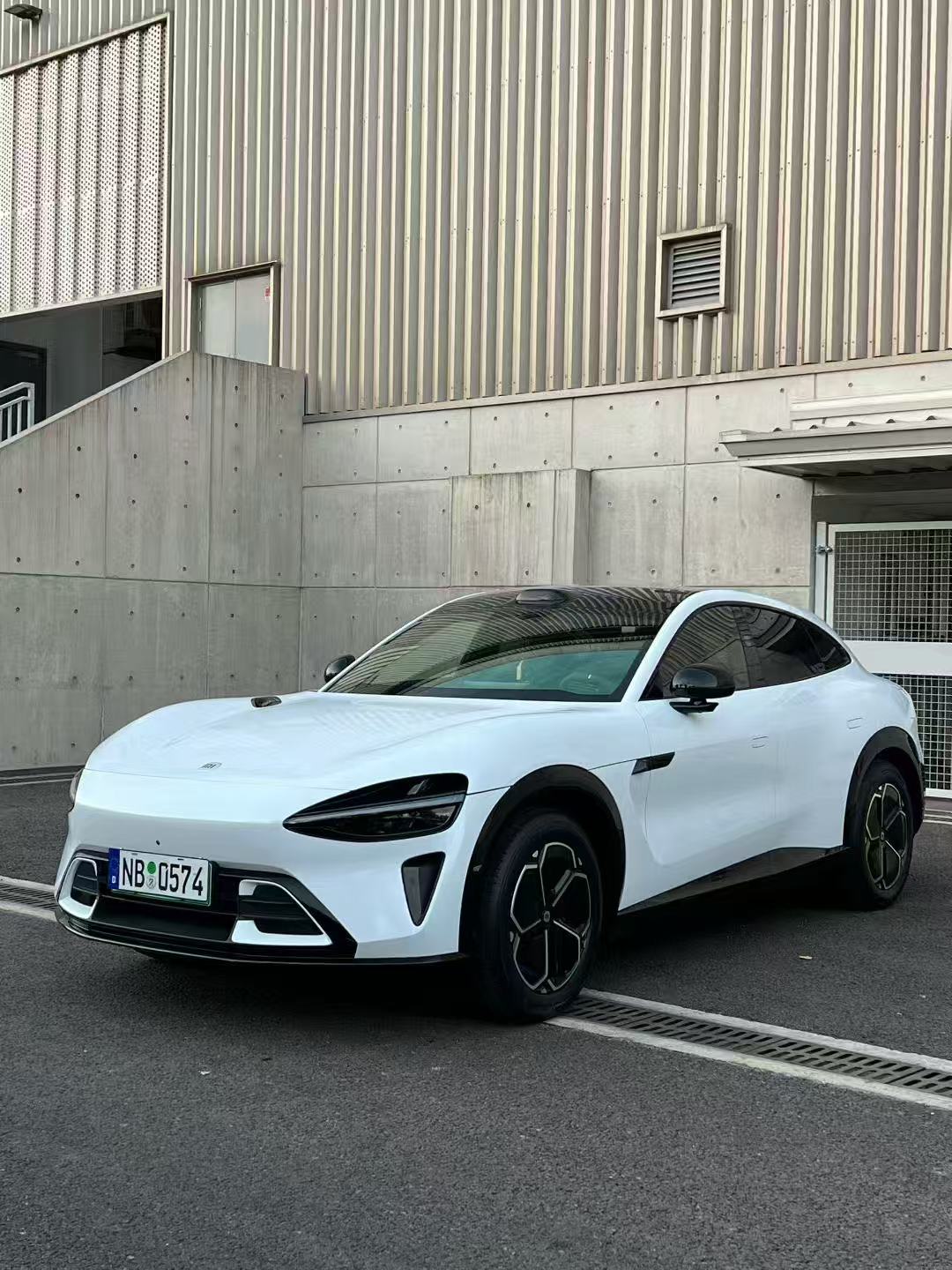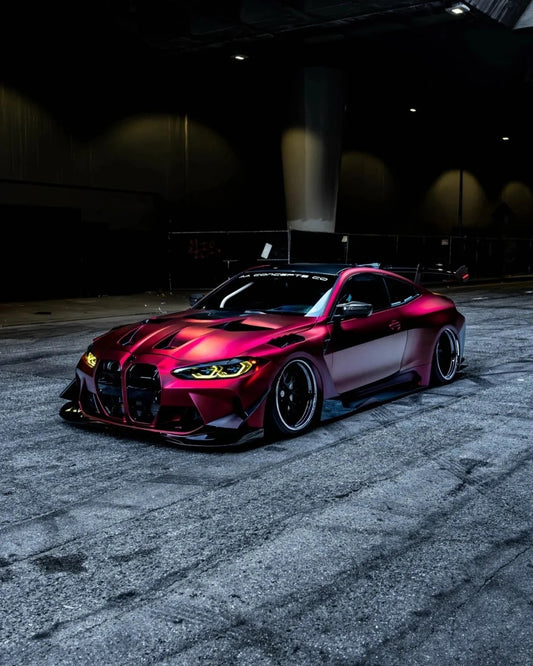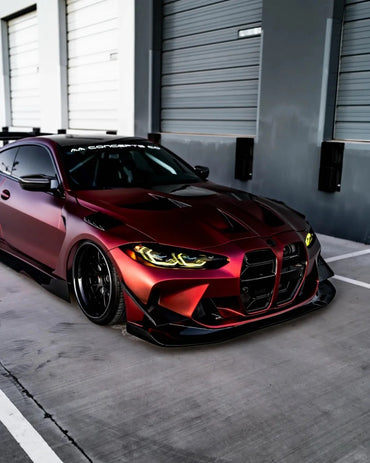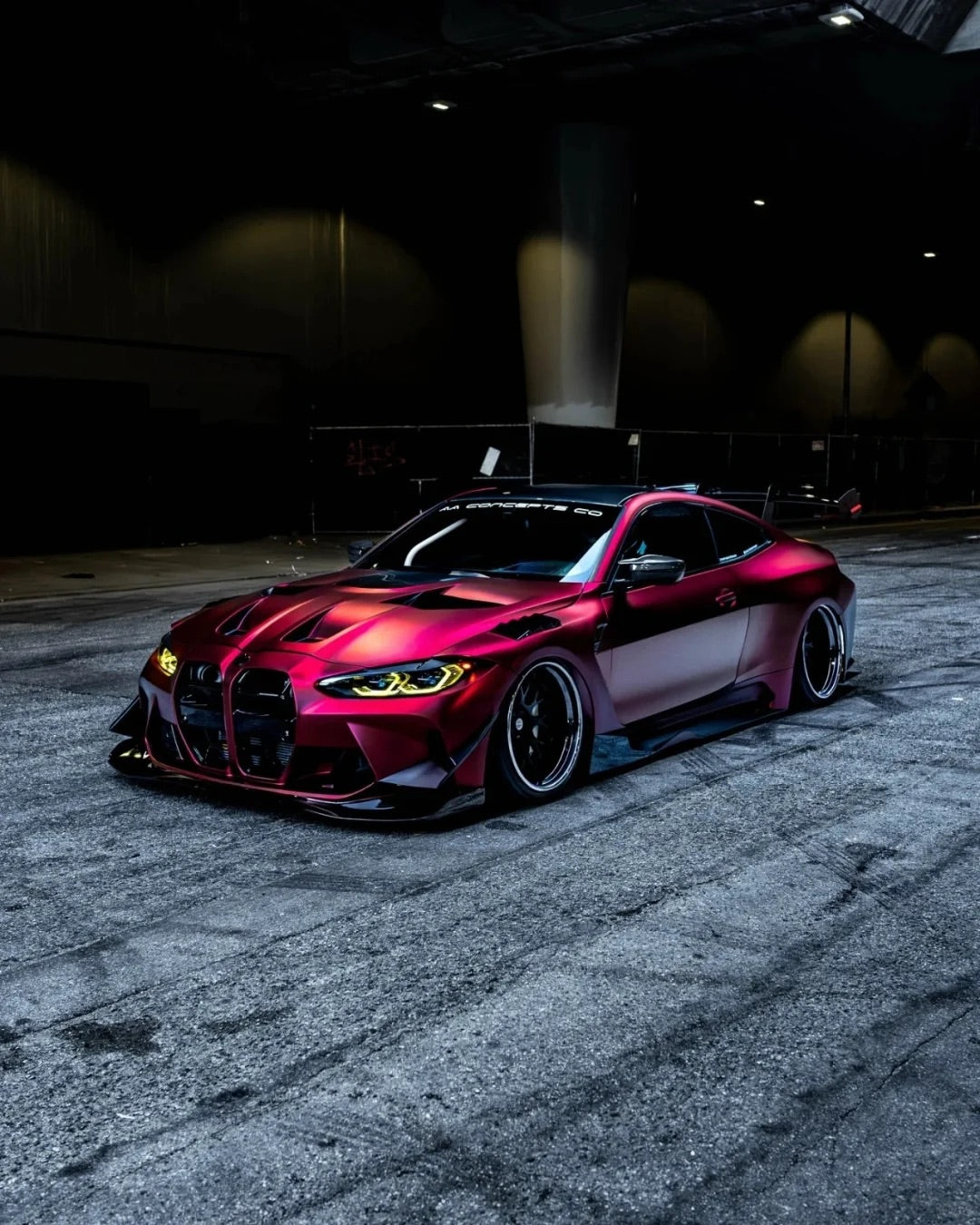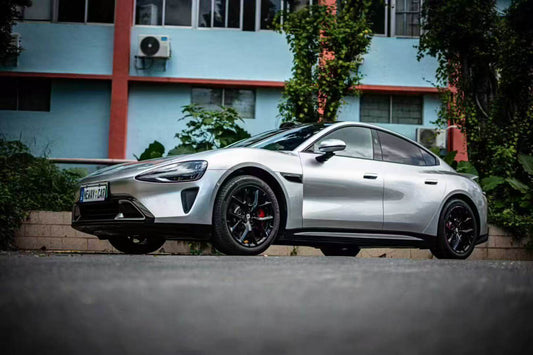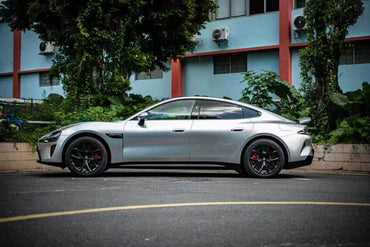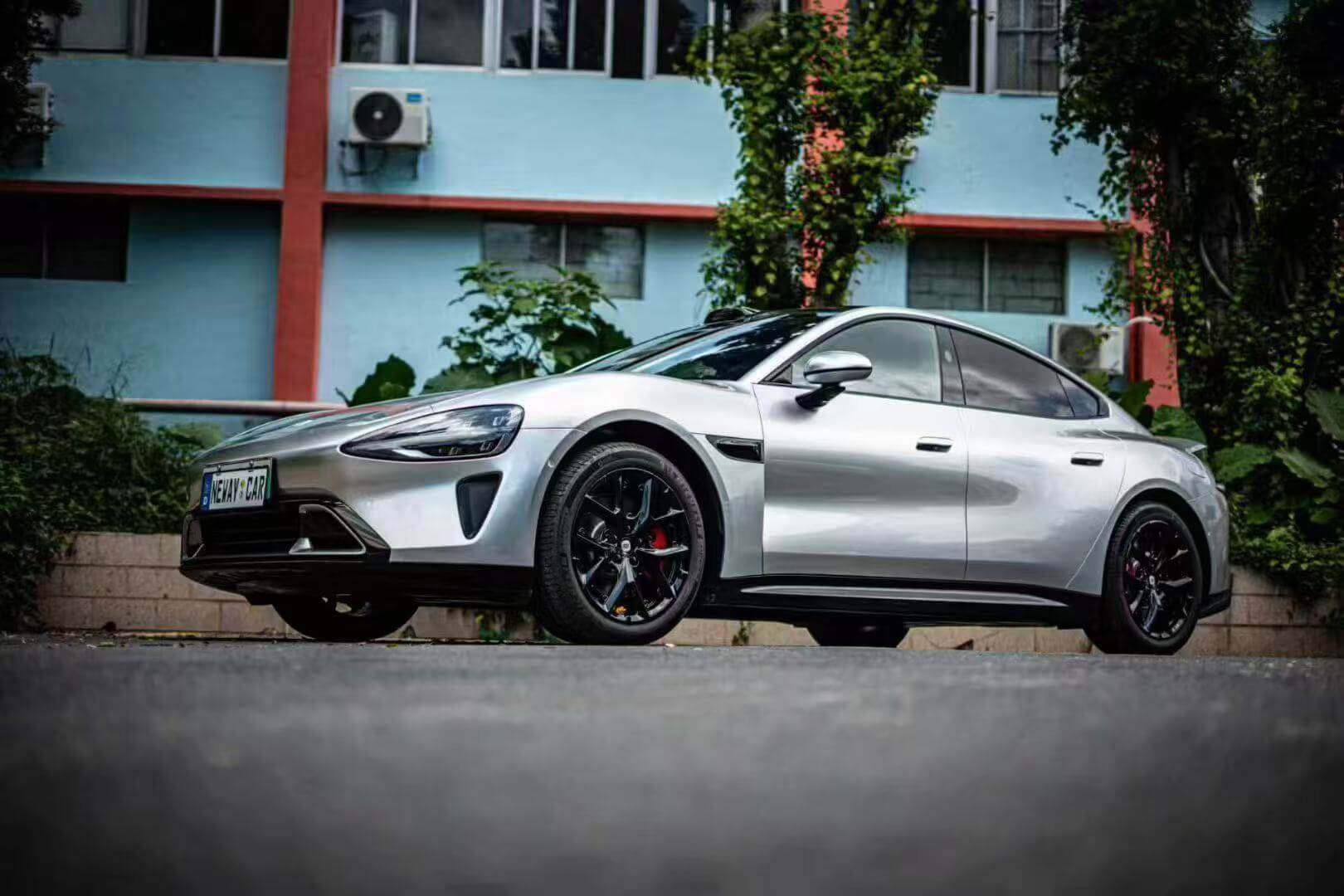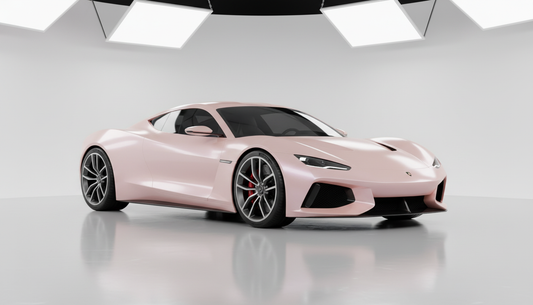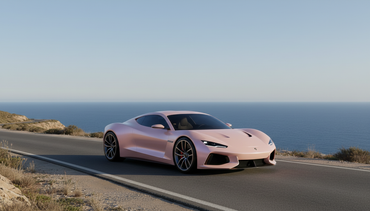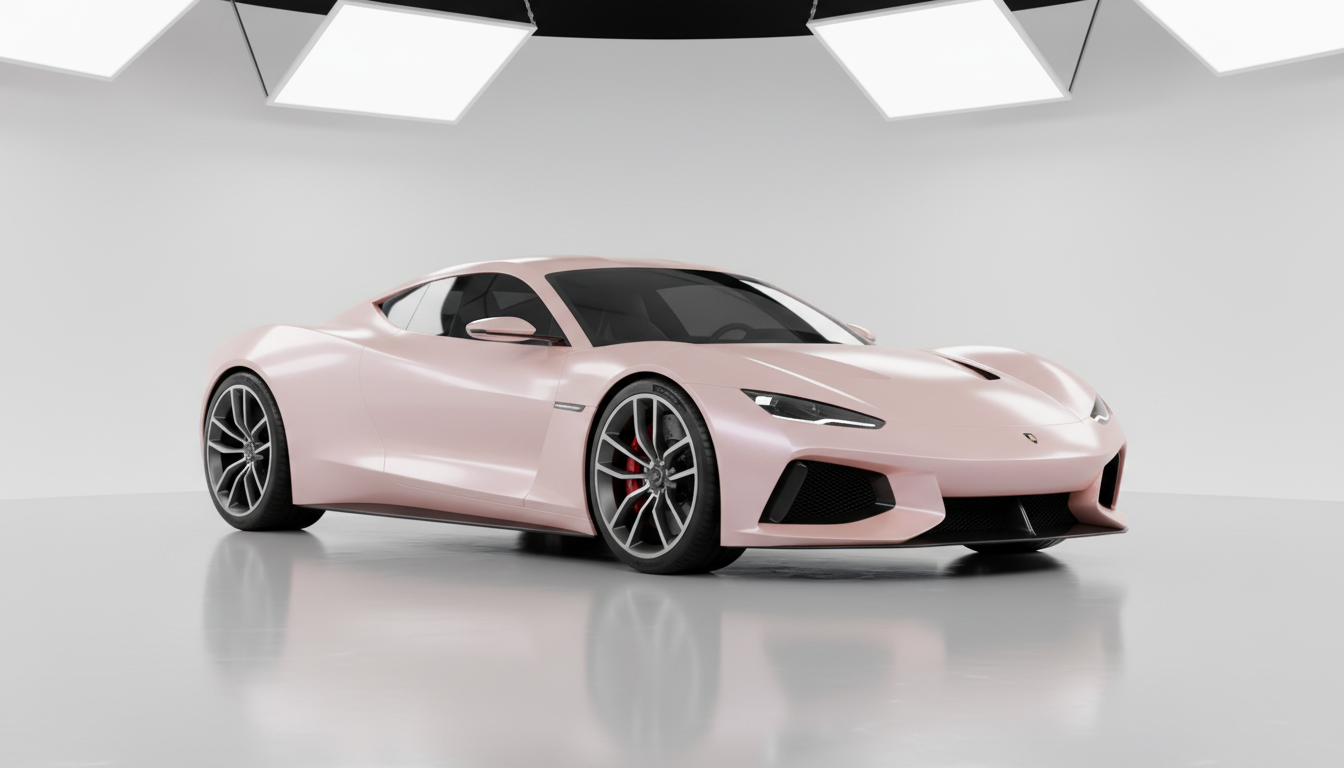Understanding Modern Vehicle Wrap Design Principles
Vehicle wrap design goes far beyond selecting attractive colors. It encompasses strategic planning, material science, and visual psychology to create wraps that serve both aesthetic and functional purposes. In 2025, successful wrap designs balance bold creativity with practical application requirements.
The foundation of exceptional wrap design lies in understanding how different materials interact with vehicle surfaces, how colors behave under various lighting conditions, and how design elements scale across different vehicle types. These considerations directly impact both the visual impact and longevity of your investment.
The Psychology of Color in Vehicle Wraps
Color selection represents one of the most critical design decisions affecting viewer perception and brand recognition. Matte car wraps have been the norm for a few years now and are still trendy. An understated new and old beauty can be found in a matte finish. However, 2025 trends show increased demand for vibrant, bold color choices that create immediate visual impact.
Strategic Color Considerations:
Black Wraps: Provide timeless elegance and executive appeal, ideal for luxury vehicles and professional applications. Black wraps offer superior heat absorption properties and hide minor imperfections effectively.
White Wraps: Deliver clean, modern aesthetics while reflecting heat and maintaining cooler vehicle interiors. White serves as an excellent base for accent designs and corporate branding.
Metallic Vinyl Wraps: Create dynamic visual interest through light reflection and depth. These finishes provide premium appearance while offering good durability characteristics.
Bold Color Psychology: The colors range from soft grays to bright reds. Red wraps convey energy and passion, blue wraps suggest trust and professionalism, while green wraps communicate environmental consciousness and innovation.
2025 Design Trends Shaping the Industry
Minimalist Design with Maximum Impact
Minimalism has remained a mainstream design trend for years, and vehicle wraps are no exception. It emphasizes conveying a brand's message and personality using minimal design elements, such as colors, fonts, and images. This approach creates powerful visual statements through strategic simplicity.
Key Minimalist Principles:
- Clean typography with high contrast
- Strategic use of negative space
- Limited color palettes for maximum impact
- Focus on single, powerful design elements
- Emphasis on geometric shapes and patterns
Advanced Material Finishes
Matte and Satin Dominance: While glossy finishes have always been a classic choice, matte and satin finishes are gaining traction in 2025. These finishes offer a sophisticated and modern look, giving vehicles a sleek and understated appearance.
Premium Finish Options:
Ultra-Matte Wraps: Provide sophisticated, non-reflective surfaces that reduce glare and create premium aesthetics. Perfect for luxury applications and contemporary design schemes.
Crystal Vinyl Wraps: Offer unique light-refracting properties that create dynamic visual effects. These wraps change appearance based on viewing angle and lighting conditions.
Liquid Chrome Collection: Delivers mirror-like reflectivity for maximum visual impact. Ideal for accent elements and attention-grabbing applications.
Color-Shifting and Dynamic Effects
Rainbow Laser Technology: Rainbow Laser Vinyl Wraps represent cutting-edge design possibilities with holographic and iridescent effects. These materials create constantly changing visual experiences that captivate viewers.
Dual Color Dream Series: Enable sophisticated two-tone designs that add depth and visual interest without overwhelming the vehicle's proportions. Perfect for creating custom sport packages and luxury aesthetics.
Technical Design Considerations
Vehicle Surface Analysis
Before beginning any design project, thorough surface analysis ensures optimal results and material longevity.
Surface Preparation Requirements:
- Clean, debris-free surfaces
- Proper surface temperature (65-75°F optimal)
- Identification of complex curves and problem areas
- Assessment of existing damage or imperfections
- Planning for trim and molding integration
Material Selection Strategy
Different vehicle applications require specific material characteristics to achieve optimal performance and appearance.
Protection-Focused Applications:
Colored Paint Protection Film: Combines aesthetic enhancement with superior protection against road debris, UV damage, and environmental contaminants. Ideal for high-value vehicles requiring maximum protection.
TPU Paint Protection Wrap: Offers self-healing properties and excellent conformability for complex curves. Perfect for areas prone to stone chips and minor abrasions.
Aesthetic-Focused Applications:
Standard Vinyl Considerations: Traditional car vinyl wraps provide excellent color options and cost-effectiveness for aesthetic modifications without protection requirements.
Design Scalability Planning
Successful wrap designs must work effectively across different vehicle sizes and types while maintaining visual impact and readability.
Scalability Factors:
- Text size and readability at various distances
- Logo proportions across different vehicle panels
- Color vibrancy maintenance in different sizes
- Design element spacing and balance
- Integration with vehicle design lines
Professional Design Process
Initial Concept Development
Visual Research and Inspiration:
- Current automotive design trends analysis
- Competitor design review and differentiation
- Target audience preference research
- Brand identity integration requirements
- Functional requirement documentation
Digital Design Development:
- 3D vehicle modeling for accurate previsualization
- Color matching and material specification
- Panel-by-panel design breakdown
- Installation sequence planning
- Quality control checkpoint establishment
Color Theory Application
Advanced Color Relationships:
Complementary Schemes: Utilize opposing colors on the color wheel to create dramatic contrast and visual excitement. Example: orange wraps paired with blue accent elements.
Monochromatic Approaches: Employ different shades and tints of single colors for sophisticated, cohesive appearances. Grey wraps with varying metallic intensities create depth without color clash.
Triadic Combinations: Incorporate three equally spaced colors for vibrant, balanced designs that maintain harmony while providing visual interest.
Typography and Graphics Integration
Professional Typography Standards:
- Sans-serif fonts for maximum readability at speed
- High contrast ratios for visibility in various lighting
- Appropriate sizing for viewing distances
- Integration with vehicle design lines
- Consistency across multiple vehicle applications
Installation Considerations Affecting Design
Complex Curve Management
Vehicle designs incorporate numerous complex curves that significantly impact wrap design feasibility and appearance.
Design Adaptation Strategies:
- Panel break planning for seamless appearance
- Stretch zone identification and design accommodation
- Heat application planning for conformability
- Seam placement in natural design lines
- Relief cut planning for complex areas
Tool and Equipment Requirements
Professional installation requires specific wrapping tools that directly influence design possibilities and quality outcomes.
Essential Tool Categories:
- Heat guns for material conformability
- Squeegees for air elimination
- Cutting tools for precise trimming
- Measurement devices for accurate placement
- Protective equipment for safety
Maintenance and Longevity Considerations
Design Elements Affecting Durability
Certain design choices directly impact wrap longevity and maintenance requirements.
Durability-Enhancing Design Practices:
- Smooth design transitions reducing stress points
- Appropriate material selection for application areas
- Protection planning for high-wear zones
- Color selection considering UV stability
- Edge sealing consideration in design planning
Long-term Appearance Management
Maintenance-Friendly Design Features:
- Smooth surfaces for easy cleaning
- Stain-resistant material selection
- Design elements that gracefully age
- Repair accessibility planning
- Color matching availability for touch-ups
Cost Optimization Through Smart Design
Material Efficiency Planning
Intelligent design planning significantly impacts material costs and installation time.
Cost-Effective Design Strategies:
- Standard material width utilization
- Waste minimization through efficient layout
- Multi-vehicle template development
- Standardized color palette utilization
- Bulk material purchasing optimization
Installation Complexity Management
Design complexity directly correlates with installation time and labor costs.
Complexity Reduction Techniques:
- Strategic seam placement planning
- Simplified design elements for difficult areas
- Modular design approaches for flexibility
- Standard installation procedure integration
- Quality control simplification
Future-Proofing Your Design Investment
Emerging Technology Integration
Smart Wrap Technologies:
- QR code integration for interactive experiences
- NFC chip embedding for digital connectivity
- Thermochromic materials for temperature-responsive effects
- Photoluminescent elements for low-light visibility
- Augmented reality compatibility planning
Sustainable Design Practices
As sustainability becomes a priority in all industries, vehicle wrap manufacturers are shifting towards eco-friendly solutions. Environmental consciousness increasingly influences design decisions and material selections.
Eco-Friendly Considerations:
- Recyclable material selection
- Biodegradable adhesive options
- Low-VOC material choices
- Longevity-focused design for reduced replacement frequency
- End-of-life disposal planning
Sample Kit Utilization for Design Validation
Before committing to full-scale projects, sample kits provide crucial design validation opportunities.
Sample Kit Benefits:
- Material finish verification under actual conditions
- Color accuracy confirmation in various lighting
- Adhesion testing on specific vehicle surfaces
- Client approval process facilitation
- Installation technique practice for complex materials
Industry-Specific Design Considerations
Commercial Fleet Applications
Branding Consistency Requirements:
- Template development for multiple vehicle types
- Brand guideline adherence across platforms
- Scalability maintenance in different sizes
- Cost management for large-scale deployments
- Maintenance standardization across fleet
Personal Vehicle Customization
Individual Expression Balance:
- Personal style integration with practical considerations
- Resale value impact assessment
- Removal planning for future flexibility
- Seasonal design variation accommodation
- Lifestyle integration considerations
Professional vs. DIY Design Considerations
When Professional Design Services Excel
Complex Project Indicators:
- Multi-panel design integration requirements
- Corporate branding compliance needs
- Technical material specification requirements
- Advanced color matching necessities
- Large-scale fleet consistency demands
DIY Design Success Factors
Simplified Project Characteristics:
- Single-color applications
- Basic geometric patterns
- Personal expression priorities
- Budget constraint management
- Learning experience goals
Conclusion: Creating Lasting Impact Through Thoughtful Design
Vehicle wrap design in 2025 represents the convergence of artistic expression, technical expertise, and strategic planning. Success requires understanding material properties, design principles, and installation realities to create wraps that deliver both immediate visual impact and long-term value.
Whether you're creating a sophisticated corporate fleet identity with metallic vinyl wraps, expressing personal style with rainbow laser effects, or protecting valuable paint with colored PPF, thoughtful design consideration ensures optimal results.
The investment in proper design planning pays dividends in installation efficiency, maintenance ease, and visual longevity. As the vehicle wrap industry continues evolving with new materials and technologies, fundamental design principles remain constant: clarity of vision, appropriate material selection, and professional execution.
Explore Sailifilm's complete best-selling collection to discover materials that transform design visions into stunning reality. From premium finishes to protective solutions, we provide the foundation for exceptional vehicle wrap projects that stand the test of time.
External Resources:
